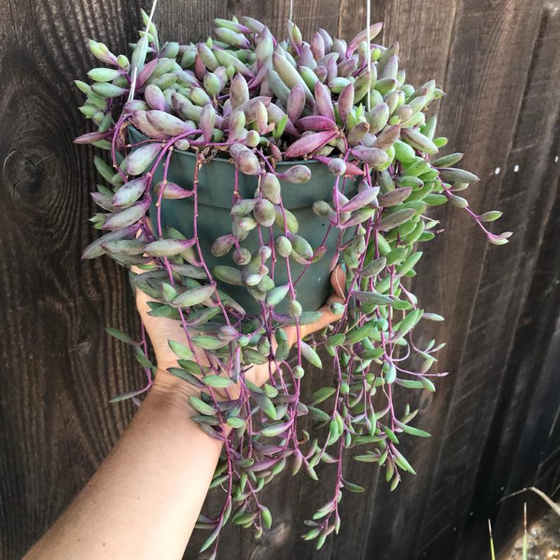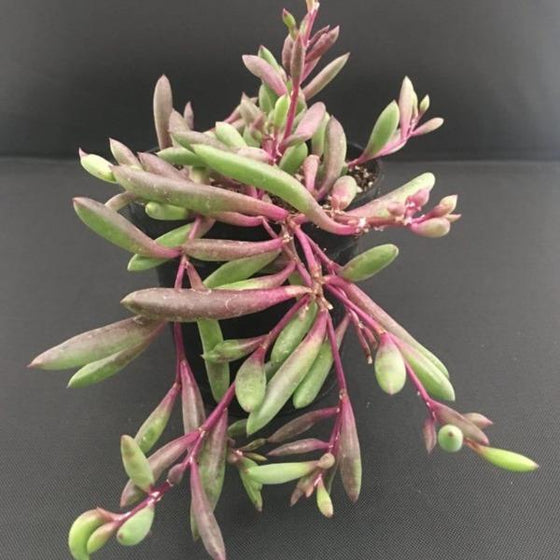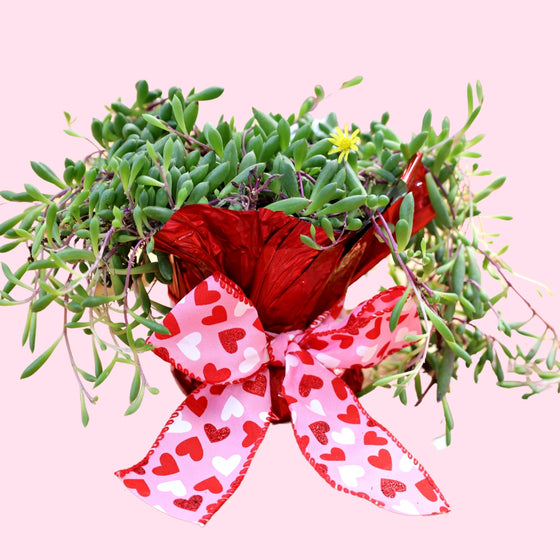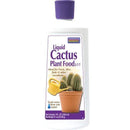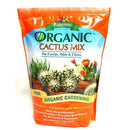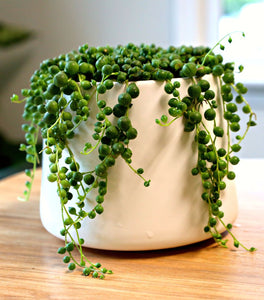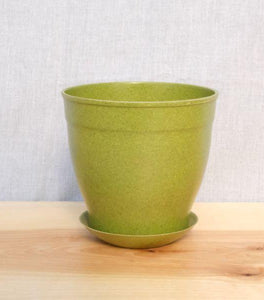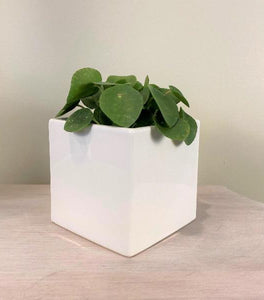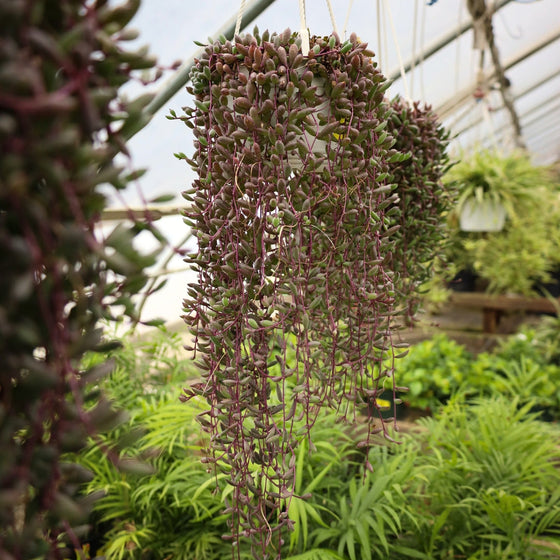
Images Depicted Range in Maturity & Container Size
Pots & Decorations Not Included Unless Otherwise Stated
Othonna Ruby Necklace Plants for Sale Online
Othonna Ruby Necklace, also known as Ruby Necklace Plant or Othonna Capensis is a vining succulent plant with purple stems that lead to pinkish-purple and green leaves. Just when you thought this plant was interesting enough, it blooms tiny yellow flowers in the summer! This plant prefers bright light, so we recommend planting it in a hanging basket by a sunny window.
How to Care for Ruby Necklace Plant
Before you buy a Othonna Purple plant, make sure to read about our recommended care instructions to keep this plant healthy and thriving.
When should I fertilize Purple Necklace Plants?
These succulent plants don't need much fertilizer. We recommend fertilizing your plant during the spring and fall season to encourage optimal growth. Use an organic houseplant fertilizer or a slow release fertilizer from any local gardening store.
-v1616767720998.png?89x89)
What is the best soil for growing Othonna capensis Ruby Necklace plants?
This rare succulent plant enjoys well-draining soil to avoid root rotting. We recommend using an average potting soil with sand or a succulent-mix to make your plant happy! The string of bananas may rot if overwatered. Make sure to plant them in a pot that has drainage holes at the bottom and is slightly larger then the plant.
How often should I water a Purple Necklace plant?
The best way to water the Othonna capensis is to give them a lot of water until it runs through the drainage holes at the bottom of the container. allow the soil to dry throughout watering. repeat this process once a week during the growing season, less during the winter when it is dormant. A good rule of thumb is to allow the soil to dry 2 to 3 inches before re-watering.
-v1616767722879.png?89x89)
What type of light is bet for Othonna capensis Ruby Necklace plants?
The Ruby Necklace plant can tolerate a wide range of light conditions from full sun to low, indirect light. However, for the brightest purple color of the foliage, you will need to place it in brighter light. The more shade it gets, the more green will be present in the leaves. During its dormant winter season, you can give it some more shade.

